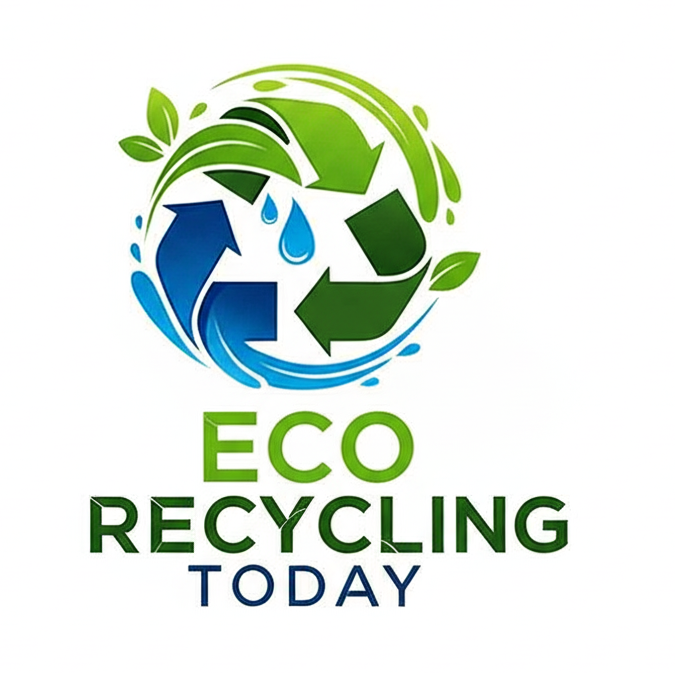As Europe accelerates its transition toward a circular economy, Recycled Content Mandates (RCMs) are becoming a defining policy tool. These regulations require manufacturers to include a minimum percentage of recycled materials in their products and packaging. For EU businesses, understanding and adapting to these mandates is crucial for both compliance and competitiveness in a sustainability-driven market.
What Are Recycled Content Mandates?
Recycled Content Mandates are government-imposed requirements that set minimum levels of recycled materials—particularly plastics, paper, metals, and glass—in products placed on the market.
The purpose is twofold:
- Reduce dependency on virgin raw materials.
- Strengthen the recycling market by creating stable demand for secondary materials.
For example:
- The EU Single-Use Plastics Directive (SUPD) mandates that PET beverage bottles contain at least 25% recycled plastic by 2025 and 30% by 2030.
- The Packaging and Packaging Waste Regulation (PPWR) proposal further extends these targets to all plastic packaging categories.
Key EU Regulations on Recycled Content
| Directive / Regulation | Target Material | Mandate Timeline |
|---|---|---|
| Single-Use Plastics Directive (SUPD) | PET bottles | 25% by 2025, 30% by 2030 |
| Packaging & Packaging Waste Regulation (PPWR) | All plastic packaging | 10–50% depending on type by 2030 |
| Waste Electrical & Electronic Equipment (WEEE) Directive | Plastics in electronics | Under revision for minimum recycled content |
| End-of-Life Vehicles (ELV) Directive | Automotive plastics | Targets expected in upcoming review |
| Construction Products Regulation (CPR) | Building materials | Encourages recycled aggregates and polymers |
Manufacturers must prove compliance through verifiable documentation and may face eco-modulated EPR fees—lower for high recycled content, higher for virgin-based materials.
Why These Mandates Matter for Manufacturers
- Regulatory Compliance: Non-compliance can lead to fines or restrictions on market access.
- Supply Chain Transformation: Companies must secure reliable sources of high-quality recyclate, often through long-term contracts with recyclers.
- Product Redesign: Packaging and product formulations may require adaptation to maintain quality while using recycled materials.
- Consumer Expectation: Sustainable content is becoming a selling point—EU consumers increasingly favor eco-labeled products.
According to the European Commission, using recycled plastics could cut CO₂ emissions by 3.5 million tons per year by 2030—equivalent to removing over 2 million cars from the road.
Challenges in Meeting Recycled Content Targets
| Challenge | Impact | Possible Solution |
|---|---|---|
| Limited supply of food-grade rPET | Bottled beverage sector faces shortages | Invest in advanced chemical recycling and closed-loop systems |
| Quality and consistency issues | Affects performance and aesthetics | Implement stricter sorting and contamination controls |
| Rising recyclate prices | Impacts production cost | Enter long-term supply contracts or on-site recycling partnerships |
| Certification complexity | Compliance verification across EU markets | Adopt standardized documentation (e.g., RecyClass, EuCertPlast) |
Business Opportunities Behind Compliance
- Innovation in Materials: Biopolymers, advanced rPET, and composite recycling are driving new product lines.
- Brand Advantage: Companies exceeding mandated levels can display “high-recycled-content” certifications.
- Circular Partnerships: Brands collaborating with recyclers (e.g., Coca-Cola’s 100% rPET bottles in several EU markets).
- Export Readiness: Meeting EU standards positions manufacturers for global eco-label markets.
How Manufacturers Can Prepare
- Conduct a Material Audit: Identify all plastic, metal, and paper components and their current recycled content levels.
- Collaborate with Certified Recyclers: Ensure traceable, compliant material sourcing.
- Integrate Eco-Design Principles: Simplify packaging structures and avoid multi-layer materials.
- Invest in Data and Traceability Tools: Digital Product Passports (DPPs) will soon become mandatory for verification.
- Train Teams in Compliance Requirements: Ensure procurement, R&D, and sustainability departments work together.
Recycled Content Mandates are not just a regulatory hurdle—they are a catalyst for innovation and market transformation. Manufacturers that act early can reduce costs, enhance brand credibility, and future-proof their operations in a circular economy.
By aligning production with EU sustainability goals, businesses will not only comply with policy but also lead the next generation of responsible manufacturing.
FAQ
1. What is a Recycled Content Mandate?
It’s a regulation requiring manufacturers to use a certain percentage of recycled materials in their products or packaging.
2. Which materials are most affected?
Plastic packaging, PET bottles, electronics casings, automotive plastics, and construction products.
3. How is recycled content verified?
Through third-party certifications such as RecyClass or EuCertPlast, and material traceability documentation.
4. What happens if a company doesn’t comply?
Non-compliance can lead to fines, EPR penalties, or restrictions on selling products in the EU.
5. Are chemical-recycled plastics accepted?
Yes, the EU increasingly recognizes chemically recycled materials if they meet mass-balance certification standards.
